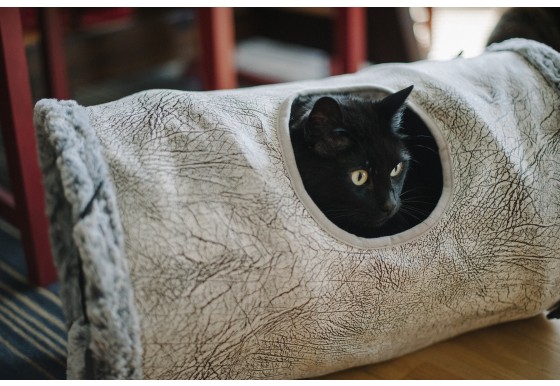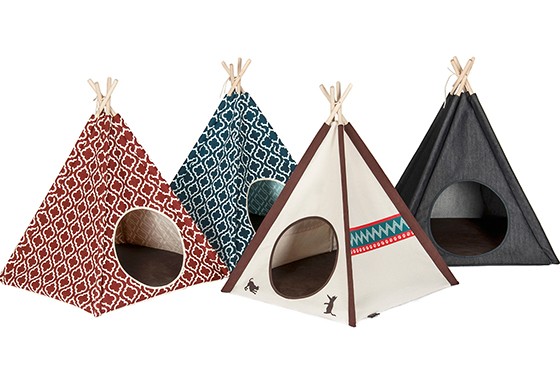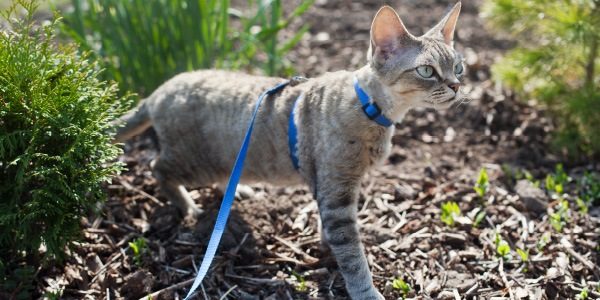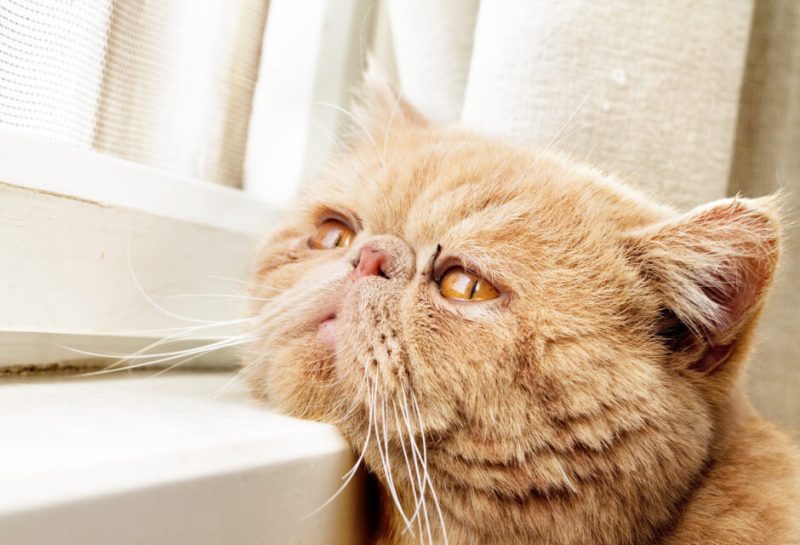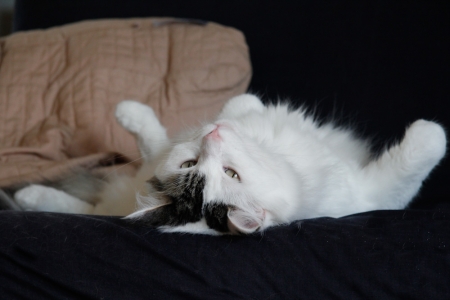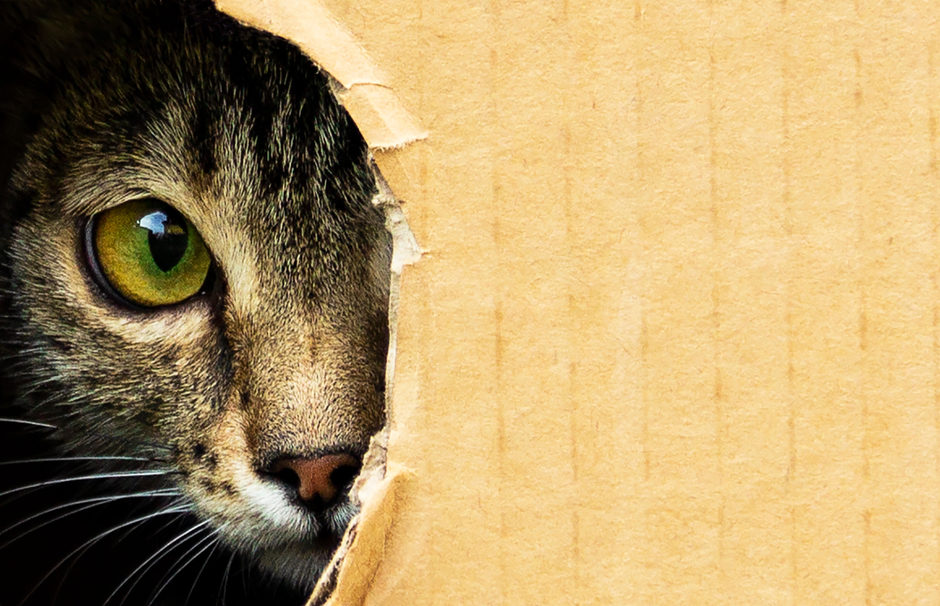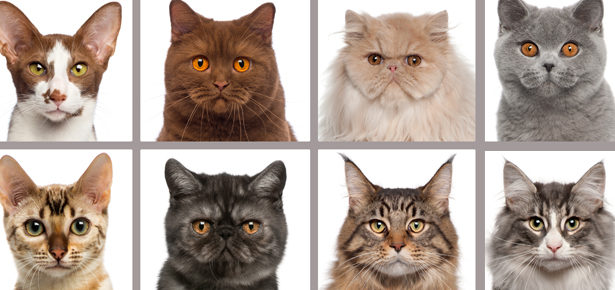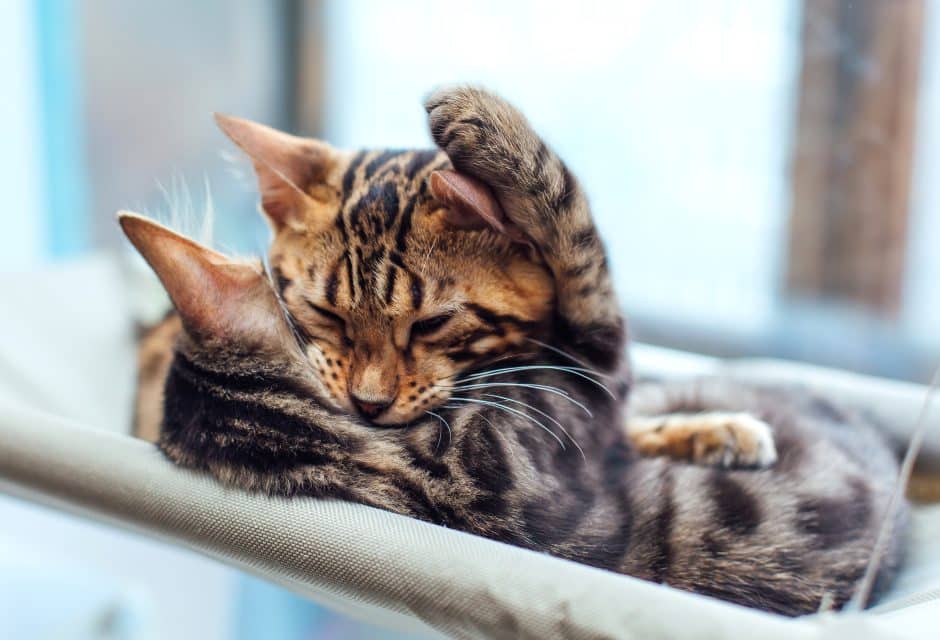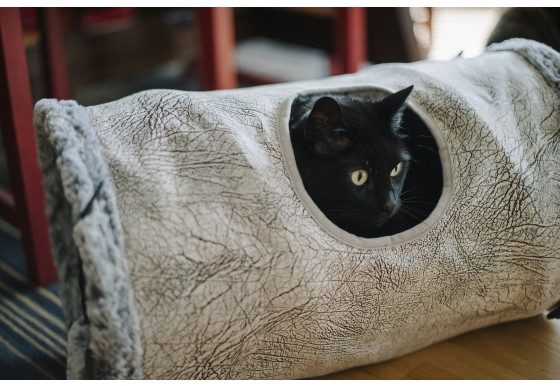
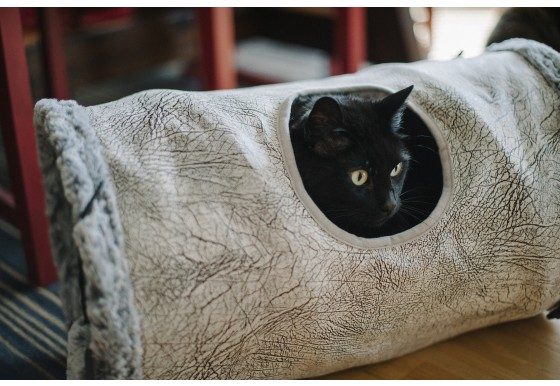
Why a Cat Tunnel is a Must Have!
Cat tunnels should be on your must-have list simply because cats love to hide. Your pet might be hiding because they’re scared or they just want to play. Some cats prefer to be tucked away while they sleep to feel safe or to keep warm. Regardless of the reason, hiding is a part of cat life and it’s important to provide those opportunities.
Try offering your cat one of the many cat tunnels out there! Give your cat lots of options like an enclosed cat bed or even letting your cat snuggle under the covers with you can work. You can buy a fabric cat tunnel online or at your local pet product store. Some tunnels have peek holes in the middle so kitty can pop out right in the middle. You can buy tunnels in many different lengths and styles, depending on your budget and the size of your room. Why not make your own cat tunnel by using paper bags, just cut out the bottoms and tape several bags together. To increase the stability, roll a cuff on each end of the paper bags before attaching them together. This will help prevent them from collapsing. Long boxes also make great tunnels. We all know how much cats love boxes!
Cat Tunnels for Fun
Increase the fun factor when you engage your cat in interactive playtime by putting a tunnel down on the floor. This gives your cat an extra hiding place to be invisible to their prey as she waits for the perfect time to pounce. You can also have the toy go inside the tunnel to spark your cat’s interest. What could be more enticing than hearing “prey” skittering inside a paper bag tunnel?
For solo playtime, place a puzzle feeder or an enticing toy inside a tunnel for your cat to discover during the day while you’re at work.
If your cat seems to have lost her desire to play, perhaps adding a tunnel in the environment may reignite that spark and get her interested again.
Tunnels for Security
In a multicat household where there is tension, or if your cat is timid, place tunnels in various rooms. This way, a cat can walk through the room and not feel so exposed.
If you’ve recently brought a new cat into your home and she’s scared about her new surroundings, try using tunnels to help her feel more at ease. If she’s hiding under the bed or in the closet in the sanctuary room, locate tunnels leading to her resources so she can start to venture out. Place a tunnel leading to the food bowl and another to the litter box. Place a tunnel in the middle of the room so the frightened cat can start to check out her new environment while feeling protected. You can use paper bag tunnels for this so you don’t end up spending lots of money for multiple tunnels.
Tunnels for Cat Naps
If your cat enjoys being hidden during a nap but doesn’t like sleeping in an enclosed bed, she may enjoy being able to stretch out in a tunnel. That way, she’s hidden but also ready to pounce in case interesting prey happens to wander into the room.
Tunnels for All Ages
Tunnels are magical for kittens and can create so much zany fun during playtime. And, as mentioned previously, if your adult cat doesn’t play much anymore, a tunnel may be just the perfect ingredient to add to your play sessions. For a senior or geriatric cat, or one with limited mobility, a tunnel allows her to be hidden and not have to move much but still poke her paw out to bat at a toy.
Cat tunnels can be a wonderful way to increase environmental enrichment for all cats. You can even try a teepee!
Pam Johnson-Bennett
Certified Cat Behavior Consultant & Best-Selling Author
Pam Johnson-Bennett is a certified cat behavior consultant and best-selling author of 8 books on cat behavior. She starred in the Animal Planet series Psycho Kitty, seen in Canada and the UK. She was a vice president of the International Association of Animal Behavior Consultants and founded their cat division. She has served on an advisory board for the American Humane Association as well as other animal welfare organizations.
Pam is considered a pioneer in the field of cat behavior consulting, having started her career in 1982. Some of her books have been used as textbooks for behavior courses and she has influenced many practicing in the field today. Her book, Think Like a Cat, has been referred to as the cat bible.
Pam owns Cat Behavior Associates, located in Tennessee. She lives with her husband, two children, a rescued cat, and a rescued dog.
We only promote the best products for you and your cats. Some of these products are from our affiliates, which means we may earn a small amount from purchases made. Thank you for your support! All products featured on ModernCat.com are independently selected by our editors.
Join the newsletter and never miss out on cat content again!
"*" indicates required fields
By clicking the arrow, you agree to our web Terms of Use and Privacy & Cookie Policy. Easy unsubscribe links are provided in every email.





